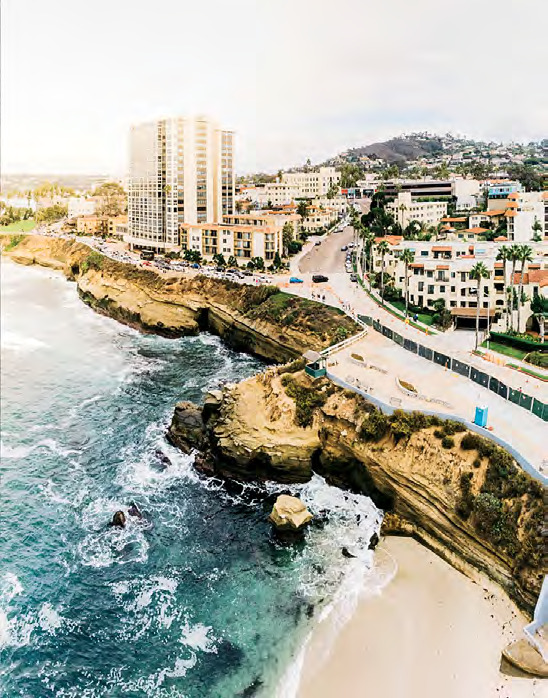SOUTHEAST ASIA
MAY 2019
CAMBODIA CLEAR SAILING ON THE COAST
A FAMILY AFFAIR IN SAMUI SANYA LIKE YOU’VE NEVER SEEN IT BEFORE
SINGAPORE S$7.90 / HONG KONG HK$43 THAILAND THB175 / INDONESIA IDR50,000 MALAYSIA MYR18 / VIETNAM VND85,000 MACAU MOP44 / PHILIPPINES PHP240 BURMA MMK35 / CAMBODIA KHR22,000 BRUNEI BND7.90 / LAOS LAK52,000
TIME FOR A BEACH BREAK




